Scientists Innovate a Tiny Robot Fish That Eats up Microplastics in Ocean — and It Needs No Battery
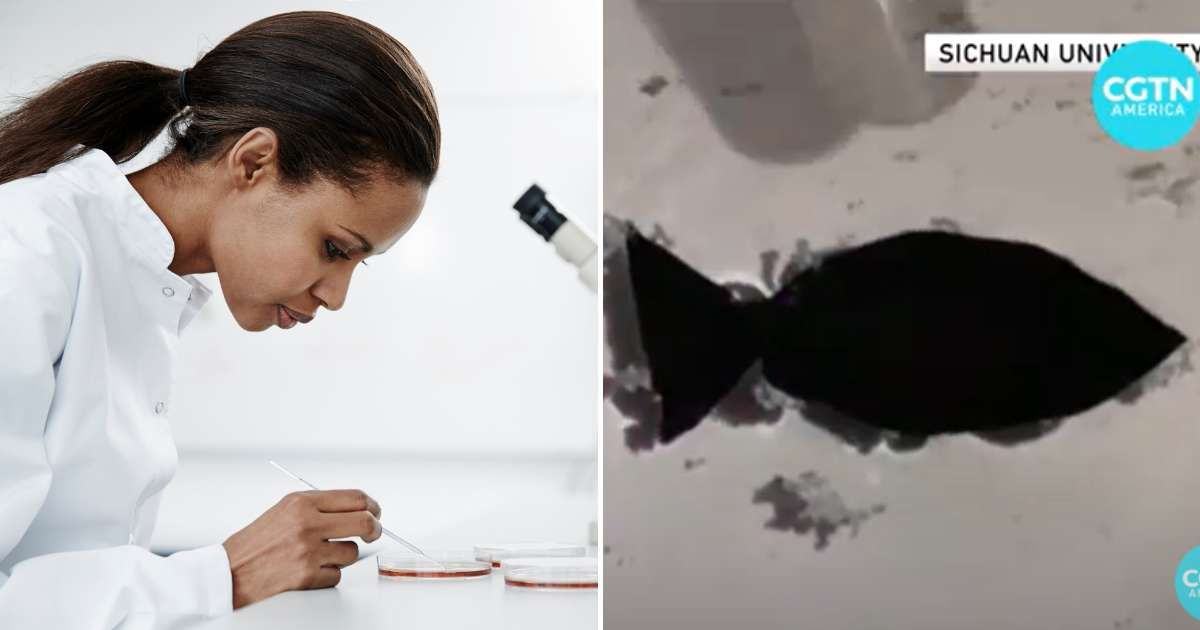
A 13mm-long black fish silently patrols the ocean, not to feed or predate, but to clean. Soft and squishy to touch, the flesh of this fish is made of the same material as pearls are made of. As it propels through the ocean, it magnetizes the plastic particles lingering in the deep waters. Once the particles latch onto its body, it quietly swallows them away, leaving the seafloor pure and tidied up. This is a rough image of what you might witness in the years to come. In a research paper published in the journal Nano Letters, a team of Chinese scientists shared how they designed this robo-fish that eats up microplastics from the oceans.
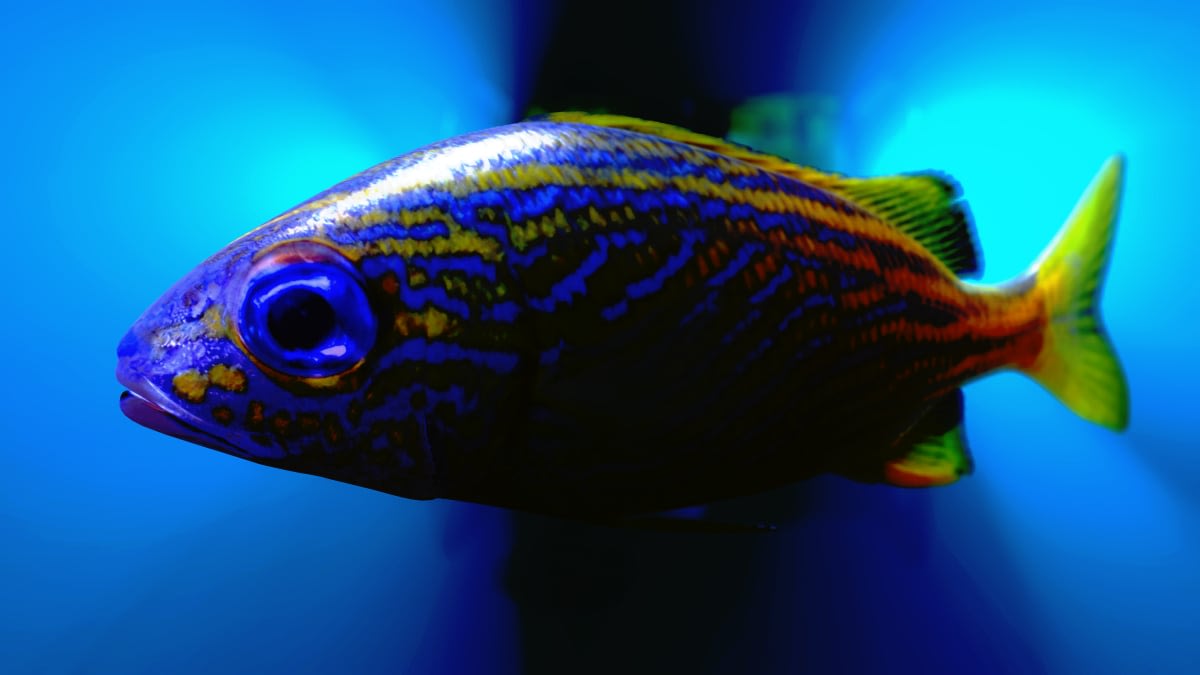
While most of the existing soft robots are manufactured in materials like hydrogels or silicone rubber, this one, developed in 2022, is a bit advanced. The rubbery robots are typically inferior in their mechanical performance and are easily damaged and unable to perform several integrative functions. In contrast, this robo-fish is stronger, more flexible, more bendable, and durable, owing to a material that is inspired by the shells of ocean clams, as per CGTN America. Called “mother-of-pearl” or “nacre,” the material offers this fish essential elasticity that other rubber-like materials are not able to provide, as the scientists at Sichuan University, southwest China, noted in the research report.
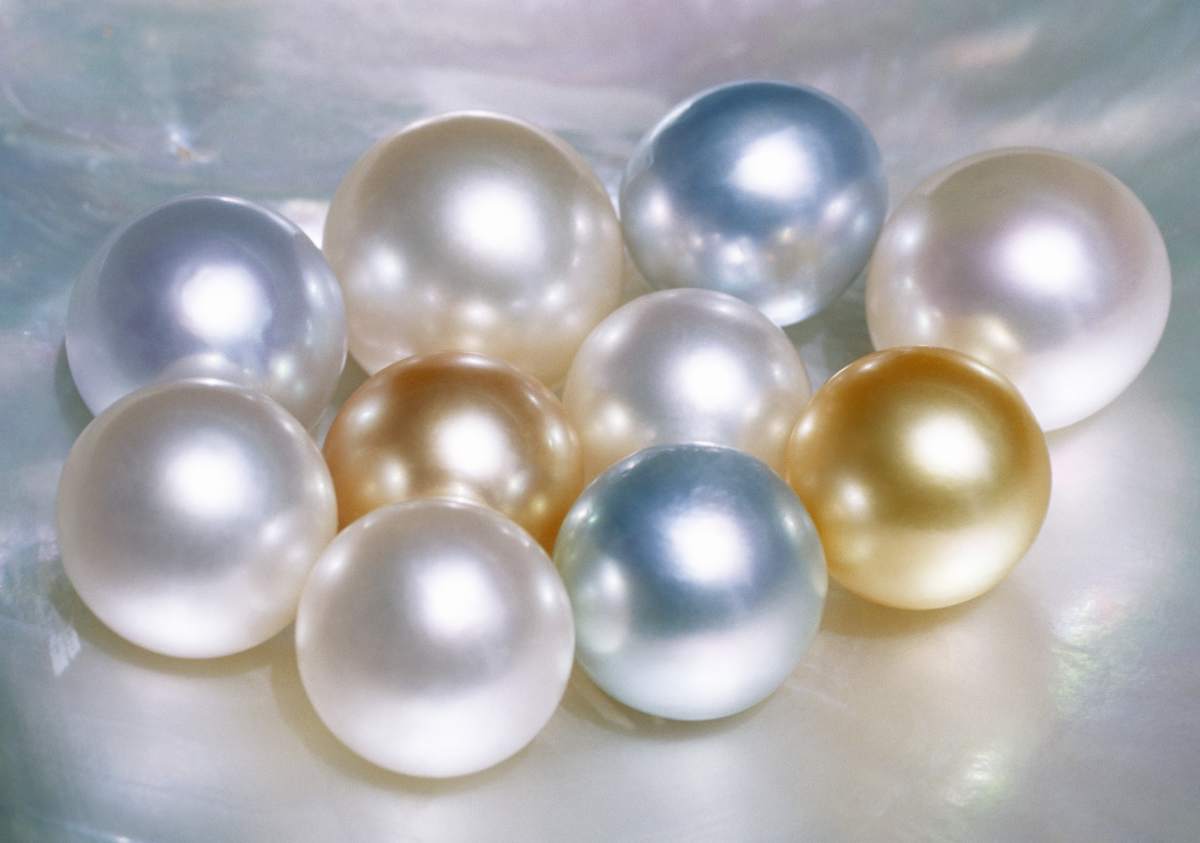
According to TriboNet, nacre is a composite organic-inorganic material found in the shells of mollusks and clamshells, usually buried in the sandy shorelines or deep seafloor sediment. The shells of these creatures are cushioned with a type of calcium carbonate that is one of the strongest, hardest, and most resilient materials on the planet. The carbonate layer is made of tiny, brick-like indenters that prevent the molecules from moving from their structural positions, which means, once they are applied onto something, they will keep it sheltered for a long, long period.
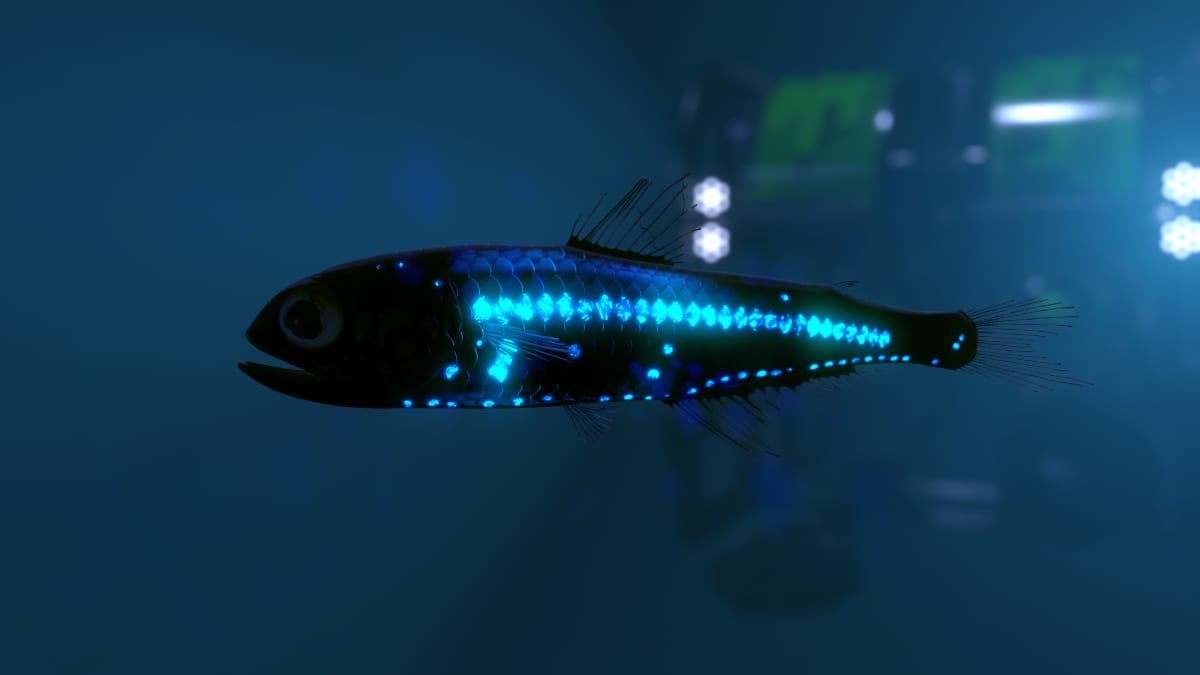
Not just the material, this robo-fish outperforms other soft robots in its swimming speed, too. With a maximum swimming speed of 2.67 body lengths per second, the fish glides through the waters, mimicking a plankton or other vigorous fish. It propels through the water, seeking out floating plastic particles. Once a cluster of particles pops up in its vicinity, whether dyes or heavy metals, it quietly bonds with them and makes them latch onto its flesh. Irradiated with light, it flaps its wings, wiggles its body, and darts effortlessly, carrying these particles, cleaning up the ocean.
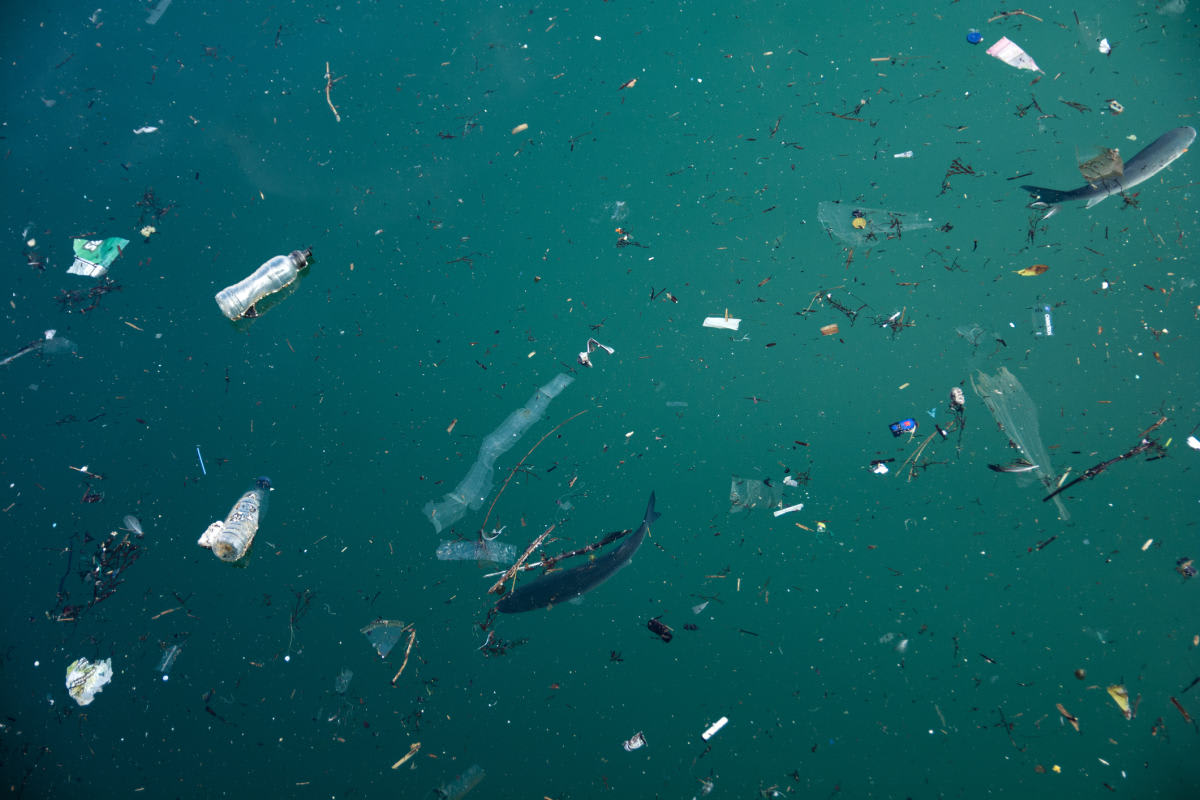
Back in the laboratory, scientists keep an eye on the movements of this robo-fish, controlling it with light, so it doesn’t end up crashing into other fish, sea animals, ships, or boats. And if a real fish or animal mistakes it for a real fish and gobbles it up, no problem! The fish is designed with polyurethane, which is also biocompatible, meaning it is absolutely digestible in the stomach of a real fish. Also, if it ends up crashing into something that rips or tears its flesh, a “self-healing” module engineered into its design will enable it to regenerate and heal its body.
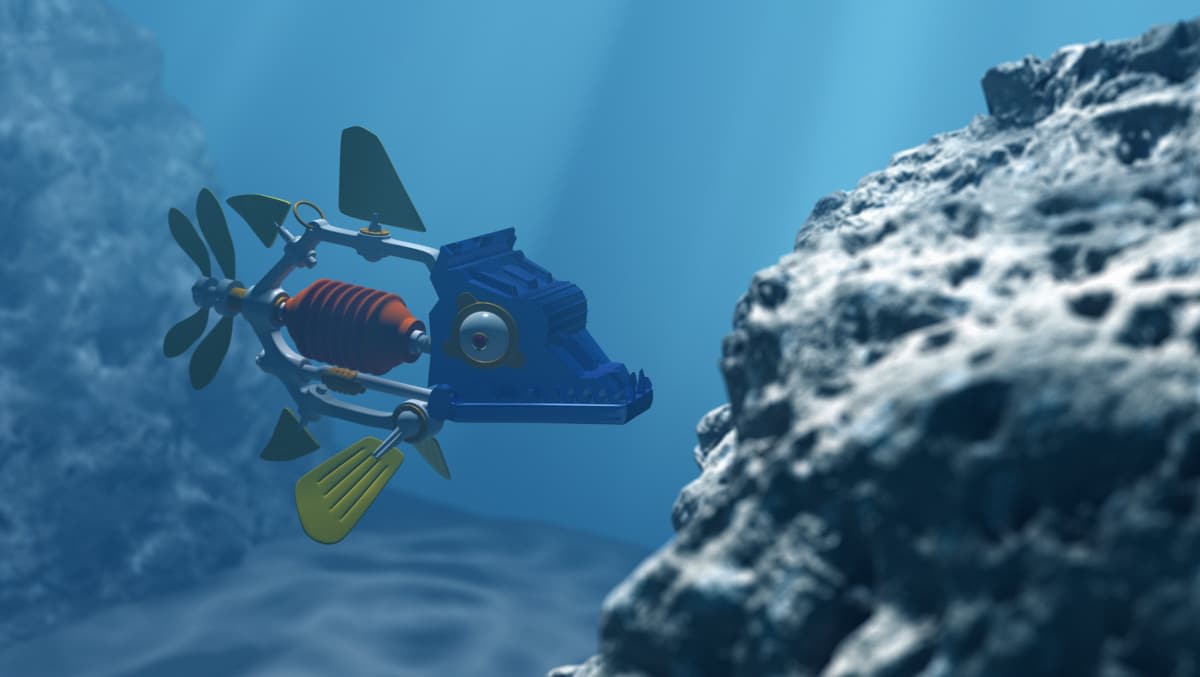
Scientists believe that this state-of-the-art fish is not just valuable for biomedical or hazardous operations, but also carries the potential of cleaning up the world’s most polluted oceans in the coming years. It is faster than most artificial soft robots and can be used repeatedly, in hard-to-reach areas like busy shipping waterways or narrow-banded rivers. “The team aims to enable them to collect microplastics in deeper water and provide information to analyse marine pollution in real time,” Wang Yuyan, one of the lead researchers, told Reuters.

Currently, the robot can only work in shallow waters. But scientists anticipate that it will be able to dive into the deeper depths in years to come. “Before the robots can start swimming around and absorbing microplastics, more work needs to be done. The scientists intend to create a version that can dive deeper because the current version can only swim at the water's surface,” Doctor of Engineering, Professor Zhang Xinxing from the team, wrote on Facebook.
More on Green Matters
A 'Lazy Sloth' Robot Hanging on Forest Trees is Quietly Protecting Our Planet: 'Slow is Better'
Scientists Find the Biggest Source of Microplastic Pollution — and It’s Not Straws or Grocery Bags
Researchers Reveal Easy Way to Remove Microplastics From Drinking Water — It Takes Just a Minute